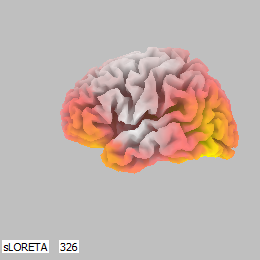Research
Vita Researchgate Google scholar Open Science Foundation
I run the Brain Activation Response and Gaze Recording Instructional Learning Laboratory (the BAR and GRILL). We have 40-channel NuAmps and 64-channel Synamps electroencephalographs, and an Eyegaze Edge eye tracking system. Recently (2022) we acquired a Polhemus device to record electrode locations and anatomic landmarks, in case we ever get funding to acquire structural MRIs to go along with electroencephalograms.

For stimulus presentation, the BAR and GRILL uses custom software programmed in C, using the Allegro game library, and compiled with MinGW. For data acquisition, CURRY is currently the go-to software. For signal processing and some analysis, we use EEGLAB and Loreta-Key (for sLoreta and eLoreta).
Some current projects, in the form of research questions:
Given that motion detection models require spreading activation instead of lateral inhibition (the norm in most cortical regions), does perception of motion offset require inhibition, and does that explain why the motion offset potential is opposite in polarity (positive) to the motion onset potential N2?
What does resting state EEG, and changes in resting state EEG after a task compared to pre-task, tell us about the aging brain, both healthy and impaired? Special thanks to Voyko Kavcic for the collaboration to answer this one.
What is the relationship between motor cortical activation estimates obtained from Loreta and lateralized readiness potentials obtained from electrodes C4-C3?
In the picture categorization task (PCT), do the distractor words act as attentional cues, and if so, what is their effect on the contingent negative variation, P3 to target, and lateralized readiness potential? Is the PCT really just a foreperiod paradigm?









